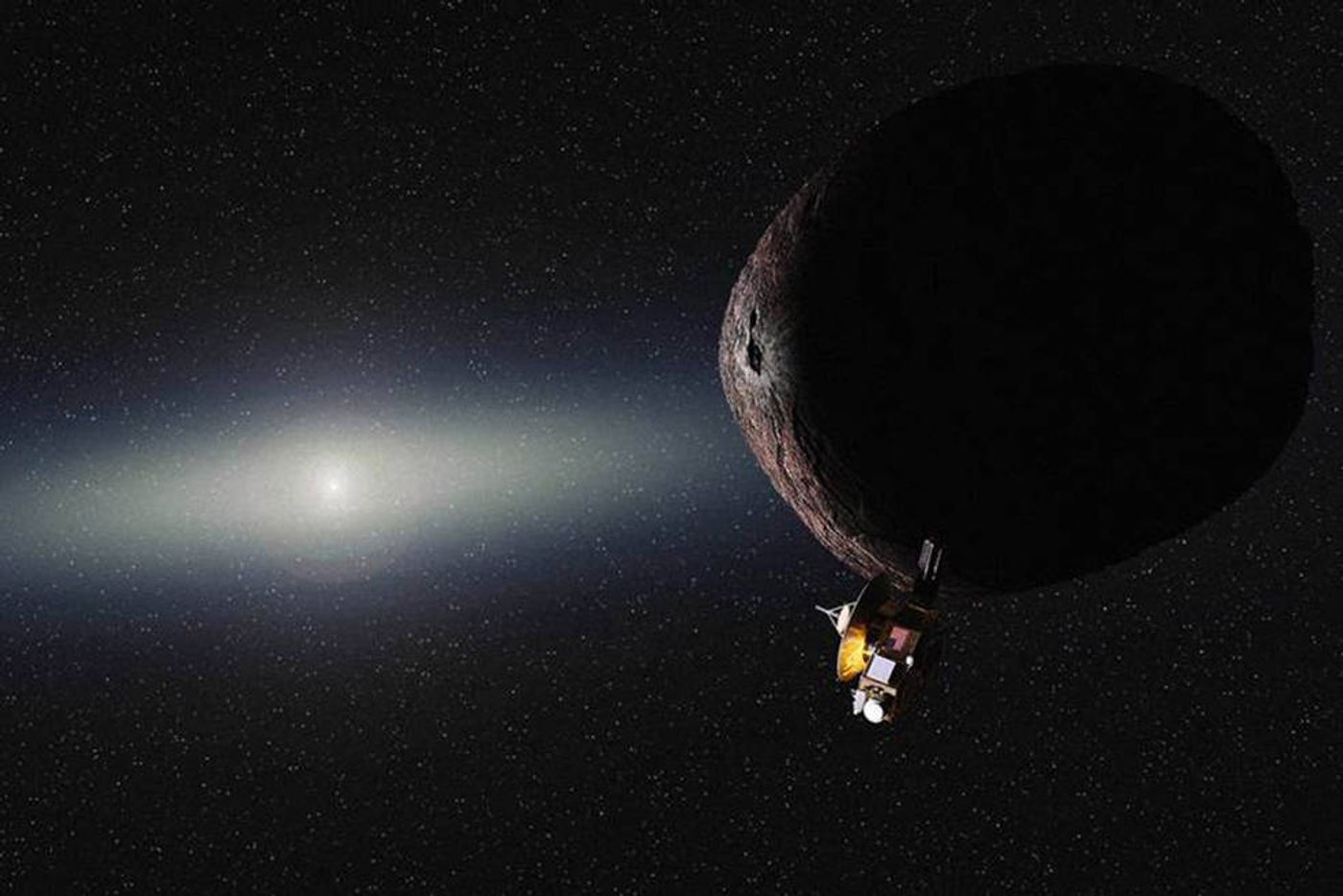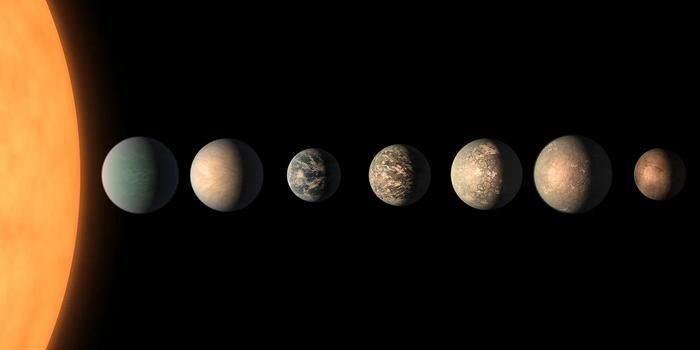A New Target for New Horizons?
Last year, the New Horizons division of NASA expressed its interest in sending the New Horizons spacecraft, which made the historic Pluto fly-by a reality, past a Kuiper Belt Object (KBO), known as 2014 MU69. Now, the New Horizons team has officially put in their request to NASA to perform the maneuver.
If successful, New Horizons will fly past MU69 within 1,900 miles of the object, which is four times closer than we flew past Pluto, as New Horizons team member Alan Stern notes.
Little is known about the KBO except that it’s going to be an icy body because of its long distance from our Sun, but NASA hopes that a fly-by with New Horizons will shed some light on the object and help us to learn more about the distant reaches of our solar system.
Since we’re already there, we might as well take advantage of the ability to research it up close before we miss our chance and have to wait another decade to send an entirely new spacecraft there.
“Consequently, imaging and compositional mapping spectroscopy resolutions are all expected to be even better than what we achieved at the Pluto system," Stern explained. "If I do say so myself, the flyby of MU69 would be a landmark event, shattering all distance records for deep-space exploration, and yielding an impressive scientific bounty.”
2014 MU69 is of interest because it’s a relatively large KBO, but not large enough to be a planet or even a dwarf planet. NASA estimates it to be anywhere from 13 to 25 miles wide, which is significantly larger than Comet 67P, a comet which we had been studying up close with the Rosetta spacecraft and Philae.
Because it’s distant from Pluto, such a fly-by attempt wouldn’t be possible until around January 1st 2019. Nevertheless, it’s a good idea for the New Horizons team to get their ducks in a row before that date comes.
After all, it will take quite a long time for that fly-by information to come back here to Earth, as even at the speed of light, information takes several minutes to get back to us. It could be months before we get all of the data back from the KBO fly-by mission.
Source: New Horizons, Space.com









